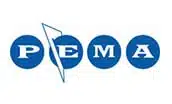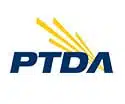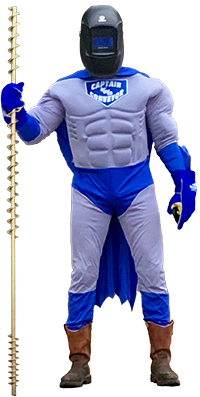Types of Screw Feeders & Their Uses
Download PDFQuestion
I was looking through the on-line KWS Engineering Guide trying to pick a screw feeder for my application. Someone suggested I use a mass-flow screw feeder, but I don’t know if it is the right choice. There appears to be several types of screw feeders. What are the benefits of each type?
Answer
Thanks for visiting the KWS website! There are three types of screw feeders used to accurately meter bulk materials from a hopper, bin or silo. Typically, the inlet of a screw feeder is longer than CEMA standard and the idea is to evenly draw bulk materials from the hopper, bin or silo. Material characteristics determine which screw feeder type is best for each application.
Below are descriptions of the design and function of each screw feeder type –
Variable Pitch or Stepped Pitch
The pitch of the screw varies from shorter to longer as the screw progresses toward the discharge of the screw feeder. With variable pitch, every pitch increases in length in the inlet section creating more available volume for addition of bulk materials from the hopper. With stepped pitch the flight pitch changes in increments. For example, a stepped pitch screw feeder may have 2-feet of 1/3 pitch, then 2-feet of 2/3 pitch in the inlet section.
Advantages & Disadvantages:
- Excellent for bulk materials with very free flowing to average flowability
- Excellent for bulk density ranges of 20 to 60 lbs. per cubic foot
- Ideally used in feeders with shorter inlets – less than 8-feet in length
- Lower cost compared to other feeder designs
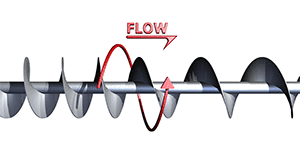
Variable Pitch Screws are Very Cost Effective
Tapered Outside Diameter
The outside diameter of the screw is tapered from the rear of the inlet opening to the shroud creating more available volume for addition of bulk materials from the hopper.
Advantages & Disadvantages:
- Excellent for bulk materials with very free flowing to average flowability
- Excellent for bulk density ranges of 20 to 60 lbs. per cubic foot
- Truly variable volume for full length of screw
- Tapered trough is recommended to eliminate dead zones in trough
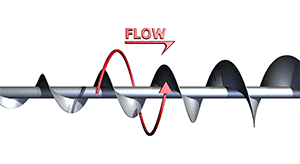
Tapered OD Screws are Used for Very Flowing Bulk Materials
Mass Flow or Cone Screw
The mass flow design was developed by Jenike & Johanson and is a combination of variable pitch and tapered inside diameter. A tapered cone is located on the center pipe of the screw from the rear of the inlet opening to approximately the center of the inlet opening. Short pitch flights are mounted on the cone creating available volume for addition of bulk materials from the hopper. Variable pitch is then added to the screw starting where the cone ends and continuing to the discharge end of the shroud.
Advantages & Disadvantages:
- Excellent for bulk materials with sluggish to average flowability
- Excellent for bulk density ranges of 50 to 100 lbs. per cubic foot
- Truly variable volume for full length of screw
- Ideal for bulk materials with larger lump size
- Higher cost compared to other feeder designs
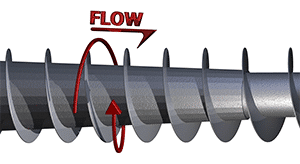
Mass Flow Screws are Designed for Dense, Sluggish Bulk Materials
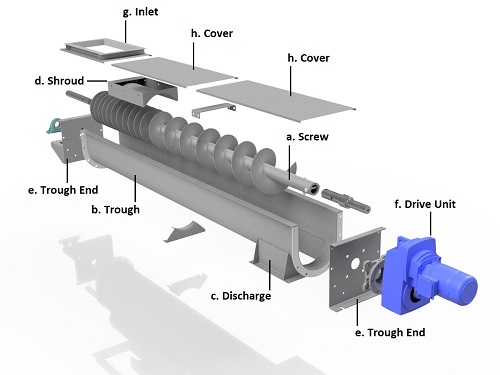
Exploded View of Typical KWS Variable Pitch Screw Feeder
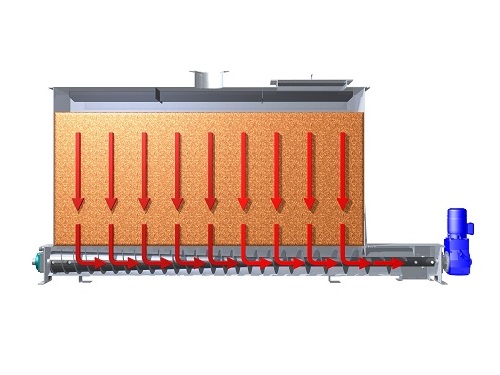
Cut Away View Illustrates Mass Flow of Bulk Material in Hopper


